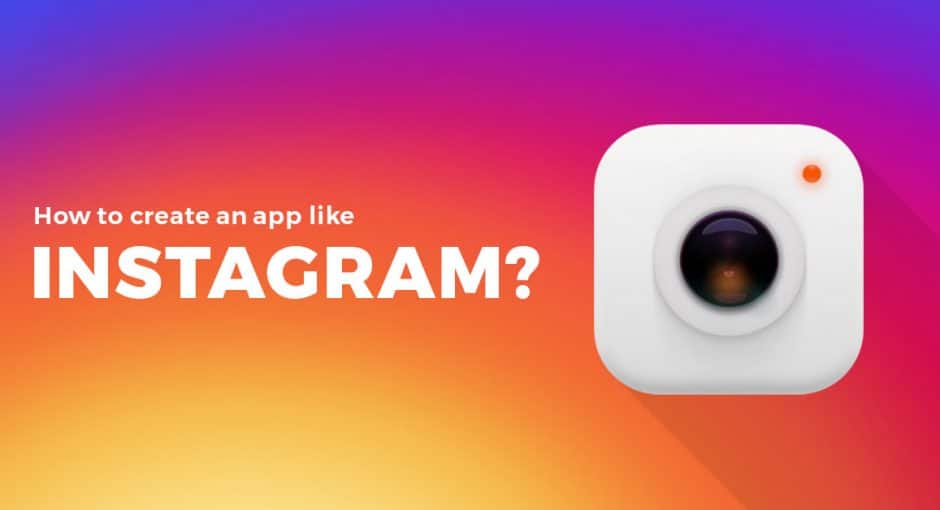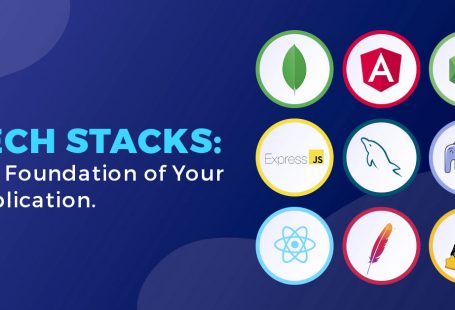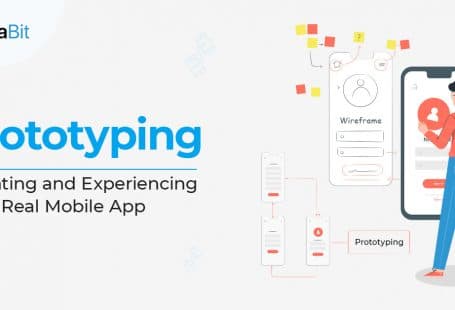Instagram is an incredible success story. It has evolved wonderfully over the years. There are over 800 million active users on Instagram as per Statista. These numbers don’t only comprise of teenagers or selfie lovers but a large number of influencers too.
So this shows the kind of relevance an app like Instagram has. Even businesses are using it to catapult their brand value. Seeing the euphoria around Instagram, startup enthusiasts are willing to build something like Instagram, to give people an alternative.
Of course, the idea is not to build an Instagram clone, but something similar, like Swipe, Snapchat, Vine, Flickr, etc.
This write-up will give you an idea of building a quintessential photo-sharing app. The technology stack and the costs involved.
Let’s start with the basic features
The ideal way of building an app is to build basic features first and then gradually enhance it with advanced features. This is the best way to test your app in the market and make future implementations accordingly.
You can’t go wrong with building basic functionalities. Even if you are building an MVP, you will have to build some of the basic functionalities. So before creating an Instagram-like app, just understand the purpose of each functionality and the potential costs involved. You may not be needing all the functionalities for your application.
Here is a list of basic features of Instagram, that you can consider while ideating about your app:
User accounts
Registration
Login
Profile editing
Social integration
Taking photos/videos
Messaging
Geolocation
Push notifications
You can pick and choose from these features based on the purpose of your app and your target audience, meaning, which demographic you want to target.
Do you want to build only a mobile application or you want a desktop version as well?
Have a clear-cut answer to this, and only then proceed further.
The Technology Stack to create something like Instagram
The primary purpose of all the research that you do before building your application should be to find the right technology stack. If you look at Instagram’s infrastructure, it’s very vast. The kind of traffic it handles requires impeccable technology.
In 2016, Instagram’s developers used React Native for the first time, so that features could be shipped faster through code sharing and higher iteration speeds, using tools like Live Reload and Hot Reloading that eliminate compile-install cycles.
Instagram uses Django, which is an open-source framework written in python language. Django is designed to help developers make an application as swiftly as possible. For the purpose of data storage including user data, photos, metadata, tags, etc, it relies on PostgreSQL.
If you have the right technology partner on your side, things can be rather smooth.
Backend development
Now, this is where all the cost-calculation begins. Let’s break the skeleton of an Instagram-like app into four essential aspects, namely:
Users
Posts
Content
Messaging
This is the structure which Android and iOS app developers call as backend.
As mentioned earlier, Instagram uses Python (Django framework) and HTML5 for its development. Though an Instagram-like app for android can be built using Java or Kotlin. On the other hand, if you want to build a similar app for iOS, you can use Swift and Objective-C. Real-time chats can be incorporated with Socket.io.
Building the Messaging feature
When it comes to implementing real-time messaging, of course, you need to build a mechanism for notifying users about the incoming messages, but at the same time, it’s important that you insulate your server from the excess of messages.
This can be done by replacing permanent socket connections with RESTful API on HTTP.
To implement notifications, it’s better to get linked with the Android or the iOS server through device authorization on the server. APN or GCM can be used for this purpose.
Implementing Geo-location feature
Any social media app can’t be complete without the geo-location feature. It makes it easier for followers to know a user’s exact location while he/she is posting photos or videos on his/her feed.
If you want to implement this feature when building an Instagram-like app, then you would need the support of APIs. But here again, you will have to adopt completely different methods for Android and iOS.
If you want to build your app for Android, then you will need to make use of android.location package as well as Maps service by using the MapView class.
On the other hand, if you want to build your app for iOS, then you will need to make use of CLLocationManager Class as well as Maps service using the Map Kit framework.
Once the Front-end gathers data from the sensor, it sends the data to the back-end. However, the app needs to obtain the permission of the user before sending the data. The data gets saved in the server-side and the image is returned to the user indicating the location.
The cost involved
Now the most important question, “How much does it cost to build an Instagram-like app?”.
The two main factors that decide the cost of development are – Timeline and Developer’s rate.
As the development of an app like Instagram may take around 600-700 hours, the estimated cost of developing such an app would be in the range of $12,000 to $60,000, depending on where you’re hiring your developers/team from.
Roughly, the cost of developing an app like Instagram should ideally range between $50,000 to $60,000.
However, if you simply want to build an “Instagram Resksin”, then it will cost you much less. But there is a whole lot of difference between a reskinned app and “From-the-scratch” app. You can read a write-up of ours to understand this better.
Hope you found this write-up useful. If you are an Instagram enthusiast, then you can read about Instagram marketing here. Do share your views and queries in the comment section.





